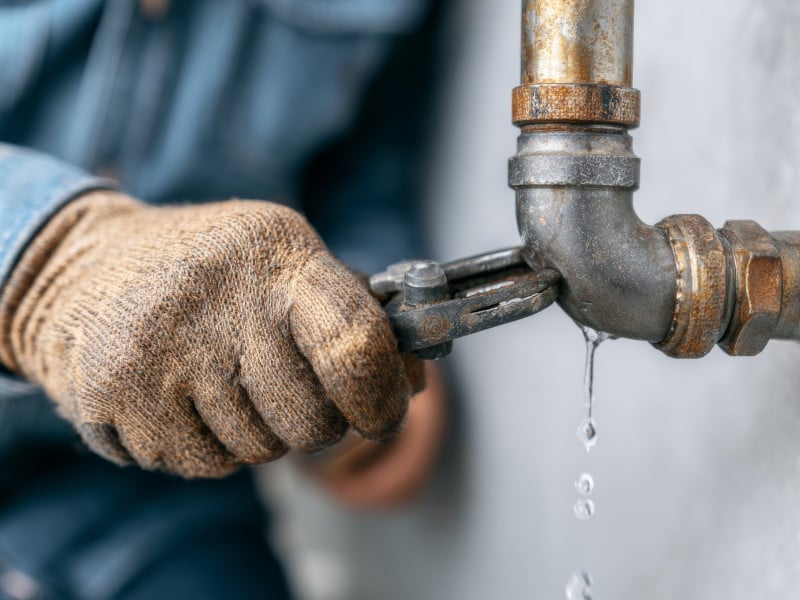As winter approaches, one of the biggest threats to any property’s plumbing system is frozen pipes.
A frozen pipe isn’t just inconvenient — it can burst, flood your home or site, and cost hundreds (even thousands) in repairs.
The good news? With a few preventative steps and the right materials, you can dramatically reduce the risk.
Whether you’re a professional plumber getting clients winter-ready or a homeowner protecting your own system, our tips are for everyone and cover everything you need to know about preventing frozen pipes.
Approx reading time: 4 minutes
Why Frozen Pipes Are Such a Problem
When water freezes, it expands — by as much as 9% — which can cause pipes to crack or burst. Inside a confined pipe, that expansion exerts enormous pressure — often more than the pipe can handle.
The result? Cracks, splits, or full bursts that can cause serious water damage once the ice thaws.
Frozen pipes are especially common in:
Lofts and roof voids
Unheated garages or basements
Outdoor pipework and garden taps
Utility rooms or extensions with poor insulation
Holiday homes and unoccupied buildings
The first signs of trouble are often subtle — slow taps, reduced flow, or no water at all. Taking early action and properly insulating exposed pipework is far easier (and cheaper) than repairing damage afterwards.
Step-by-Step:
How to Prevent Frozen Pipes
1. Insulate All Exposed Pipework
Proper insulation is the first and most effective line of defence. Pipe lagging — also known as pipe insulation — keeps heat in and the cold out, reducing the risk of freezing dramatically.
Focus on the following areas:
-
Lofts and attics – Lag all visible pipework and water tanks
-
Garages and outhouses – Insulate supply pipes that run through unheated spaces
-
Underfloor areas and crawl spaces – These are easily forgotten but prone to freezing
-
Outdoor taps and exposed runs – Even short sections of uncovered pipe can freeze solid
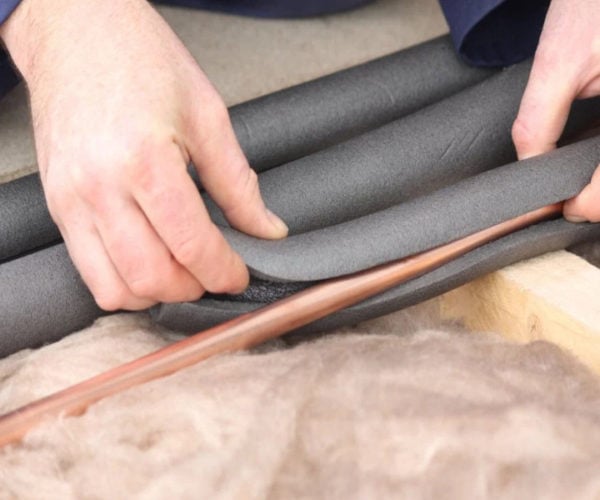
Shop our full range of pipe insulation and lagging to protect vulnerable sections quickly and effectively. Choose from standard polyethylene lagging, high-performance foam, and pre-slit options for easy installation.
Expert Tip: Always ensure lagging fits snugly with no gaps — even a small uninsulated joint can freeze and cause a blockage.
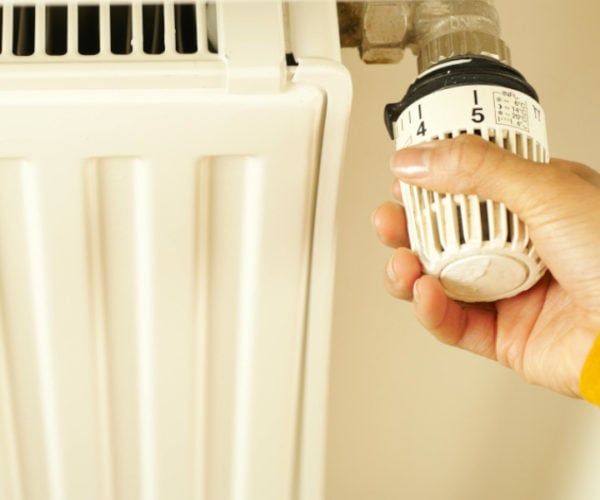
2. Install Frost Protection and Thermostatic Controls
Even the best insulation can only do so much in sub-zero conditions. Adding thermostatic and frost protection controls provides an extra safeguard.
These devices automatically activate heating when temperatures fall below a set threshold — ensuring pipes stay warm enough to prevent freezing.
Consider:
- Thermostatic radiator valves (TRVs) to maintain steady heat output
- Pipe thermostats for key system areas such as loft water tanks
- Smart heating controls that let you manage your system remotely
3. Maintain a Consistent Indoor Temperature
A common mistake is turning off the heating completely when leaving home or a site unattended. Allowing the property’s temperature to drop too low is a guaranteed way to freeze pipes.
Keep the thermostat set to at least 12–15°C during cold spells. This maintains a steady background temperature that protects hidden pipework behind walls and under floors.
For unoccupied properties, consider:
-
Leaving cabinet doors open under sinks to allow warm air circulation
-
Using a frost protection heater in outbuildings
-
Draining down systems if they’ll be empty for long periods
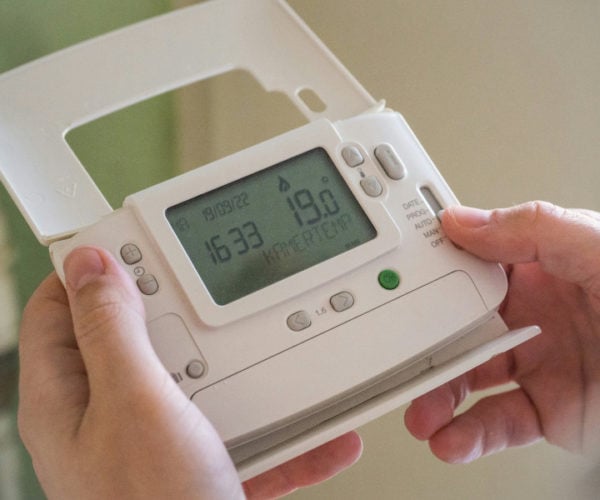
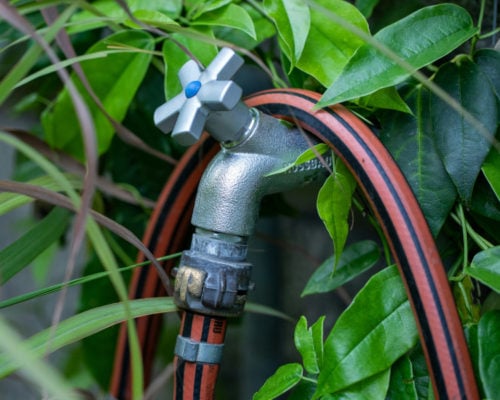
4. Don’t Forget Outdoor Taps and External Plumbing
External pipework and garden taps are the most exposed parts of your plumbing system — and the most likely to freeze first.
Before winter sets in:
Disconnect hoses and drain them fully
Fit insulated tap covers or frost jackets
Use outdoor pipe lagging or pre-insulated kits
5. Regularly Check for Vulnerable Spots
Even a well-insulated system can develop cold spots over time. Before the first frost:
-
Walk your property and check for uninsulated sections of pipe
-
Inspect lagging for wear, damage, or compression
-
Look for draughts or cold air leaks where pipes pass through walls
Replacing worn insulation and sealing gaps can make a big difference.
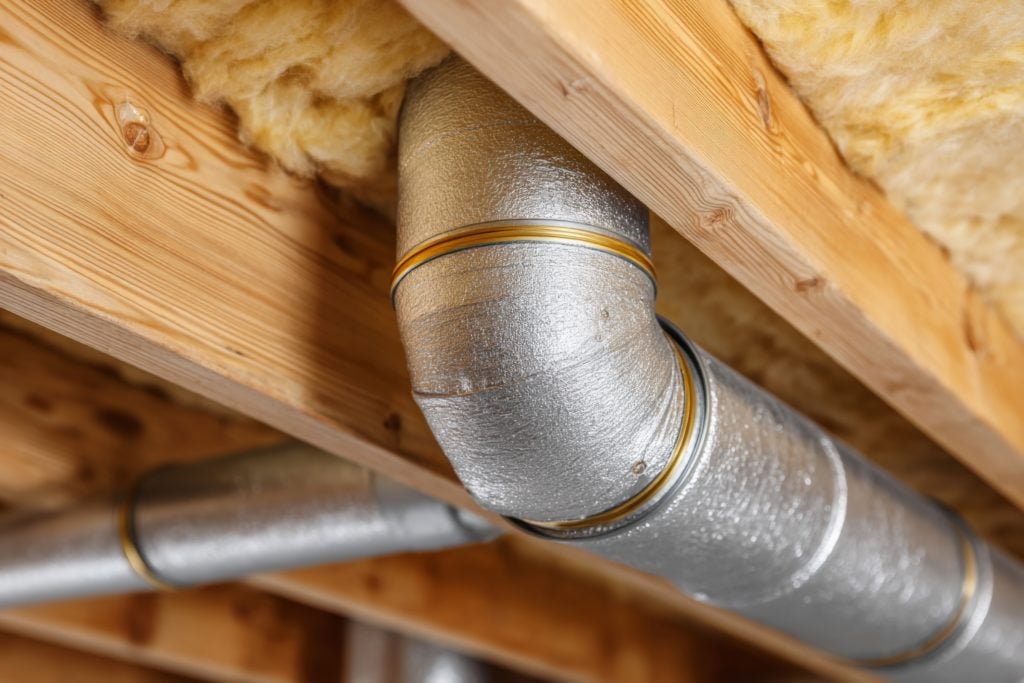
What to Do If Your Pipes Freeze
Despite your best efforts, sometimes freezing happens — especially in sudden cold snaps. Knowing what to do can save serious damage.
If you suspect a frozen pipe:
-
Turn off your water supply at the stopcock immediately.
-
Open nearby taps to relieve pressure.
-
Warm the affected section gradually using a hairdryer, warm towel, or gentle heater (never use a naked flame).
-
Check for leaks once the pipe thaws — if in doubt, call a qualified plumber.
It’s always worth having a plumbing repair kit on hand for emergencies
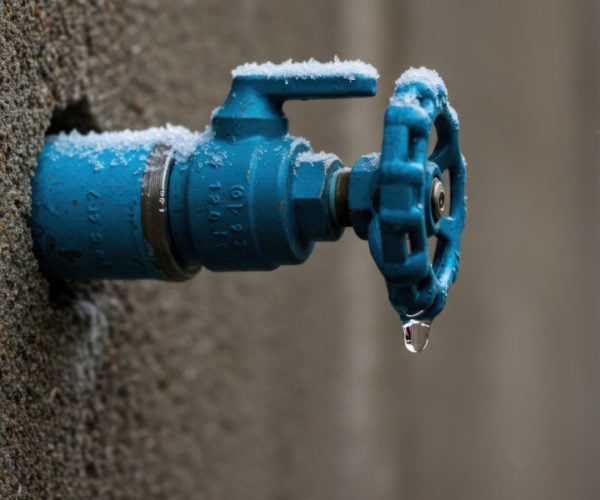
Final Thought: Prevention Is Always Cheaper Than Repair
Most frozen pipe incidents happen during the first big cold snap of winter. Taking a few simple preventative measures now — such as insulating exposed pipework, fitting thermostatic controls, and checking vulnerable areas — can save you hundreds of pounds in repairs and unnecessary disruption later on.
At Turnbull, we stock everything you need to keep your plumbing system running smoothly all winter long. From professional-grade pipe lagging and insulation to thermostatic radiator valves and frost protection kits, our expert team can help you choose the right products for your home or your next job.
If you’re unsure where to start or need trade advice, get in touch with your nearest Turnbull plumbing branch — we’re here to help you stay warm, safe, and leak-free this winter.
Nelson Way, Boston, PE21 8UA
01205 357400
Deacon Road, Lincoln, LN2 4JB
01522 214344
Island Carr Road, Brigg, DN20 8PD
01652 650652
Northern Road, Newark, NG24 2EU
01636 670890
17-29 West Street, Horncastle, LN9 5JE
01507 526976
Woodbridge Road, Sleaford, NG34 7EW
01529 303300



